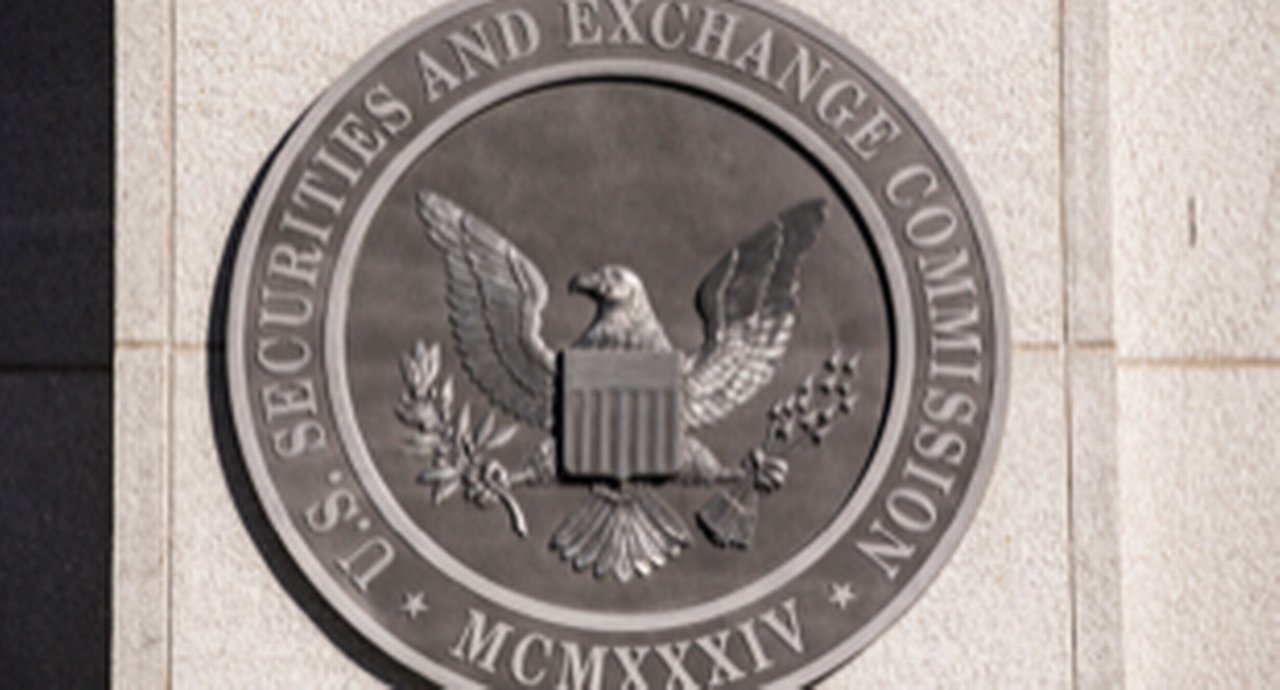4 April 2024
From 28 May 2024, T+1 settlement for transactions in US cash equities, corporate debt and unit trusts will be live in North America. While market participants have been working hard to ensure a smooth transition, ongoing vigilance and industry cooperation is essential for sustained success, reports flow’s Clarissa Dann
MINUTES min read
On 15 February 2023, the Securities and Exchange Commission (SEC) adopted the rule changes to shorten the standard settlement cycle for most broker-dealer transactions in securities from two business days after the trade date (T+2) to one (T+1). “The final rule is designed to benefit investors and reduce the credit, market, and liquidity risks in securities transactions faced by market participants,” explained the SEC in a press release.
“I support this rulemaking because it will reduce latency, lower risk, and promote efficiency as well as greater liquidity in the markets,” said SEC Chair Gary Gensler at the time.
As flow reported in April 2022 after the SEC had formally onboarded the recommendations with its announcement of the proposals to shorten the settlement cycle,1 the view was that T+1 transition would be relatively smooth, given the industry would have time to prepare and test its operations and infrastructure. With go-live just weeks away, this article provides an update to how the industry is navigating the pitfalls of time zone differences and end-of-day reconciliations by pulling together so that everyone can benefit from a more efficient post-trade process.
Preparing for the squeeze
The Association for Financial Markets in Europe (AFME) noted that under T+1 firms will have 83% less time to carry out post-trade processing and could lead to the disruption of several processes such as trade confirmations and affirmations, FX management, securities lending, asset servicing, and the settlement of exchange traded funds (ETFs), American Depository Receipts (ADRs) and cross-border securities.
And while settlement compression was identified as one of the drivers of failed trades in the 2023 flow white paper, Breaking the settlement failure chain, the answer is clearly one of getting the post-trade house in order. “To mitigate fails in a T+1 environment, inefficiency and manual processing need to be removed from the value chain and multi-party workflow employed rather than single linear message-based workflow,” explains the paper.
“We are confident that Deutsche Bank is ready, and our own testing has confirmed this”
Preparation for North America implementation was a key theme at Sibos Toronto 2023; yet the mood was still positive. “If you think about what our industry has been through since the financial crisis with the introduction of Dodd-Frank, the Markets in Financial Instruments Directive II (MiFID II) and the Central Securities Depositories Regulation (CSDR), then T+1 is not insurmountable, nor is it as threatening as what has come before,” said Deutsche Bank’s Paul Maley, Global Head of Securities Services in a panel session.
Testing for all eventualities
The good news, however, is that many financial institutions have been busy preparing for a wide range of different T+1 possibilities within the Depository Trust & Clearing Corporation’s (DTCC) dedicated T+1 testing facility, which opened in August 2023. “The industry test programme includes opportunities for free form testing and scripted scenarios such as holiday processing, double settlement days and testing for recoverability and resiliency,” according to the DTCC.2
That so many institutions have been testing their systems and processes in advance of T+1 is a positive step and should help mitigate various risks during the transition.
Kamalita Abdool, Head of Securities Services Americas confirms, “We are confident that Deutsche Bank is ready, and our own testing has confirmed this. It is a testament to the resources we deployed in technology, operations, quality control, and product management globally, these results are only achieved by having the full end-to-end team engaged.”
While the largest firms have prepared well in advance, the DTCC did share its concerns about smaller ones that as late as November 2023 had yet to start testing, and at the variable levels of preparation it had seen. “Engaging those who haven’t even come to the table in terms of preparation around the multiple facets of preparation required – whether that’s testing, FX, lending, automation or understanding new timeframes and cut-offs – has been a concern from day one, and it appears that the challenge continues even with just six months left,” noted Global Custodian Editor Jonathan Watkins.3
But the was a rapid improvement from the beginning of this year, and DTCC analysis showed that in January 2024, 73% of transactions were affirmed by the cut-off time of 9.00 pm ET on the trade date. In February this increased to 74.5% and while the ultimate goal is 100% affirmations, 90% is at least within reach. In a podcast on 26 March, Sean McEntee, DTCC Director, Institutional Trade Processing said, “We think there is a path here from where we are today to 90% by May 28th. We're optimistic that the goal is achievable.” 4
By way of background, Nadra Mueller, Regional Head Product Management Americas, Securities Services, points out “Affirmation is akin to pre-settlement matching, acknowledging that the asset manager’s trade details match with the broker’s trade confirm, after which settlement instructions are generated. While affirmation should be performed by the asset manager, this responsibility can be delegated to an agent like the custodian especially if the asset manager is in a significantly different time zone from US.”
This matters because T+1’s introduction in North America will be felt the most by financial institutions in different time zones. In short, the larger the time zone gap, the more impact T+1 will have on firm-wide operations (especially on activities such as FX). Deutsche Bank’s approach from Day One, says Abdool, has been “focused on clients across multiple time zones, which is where the greatest challenges and risks arise”. She adds that the entire focus has been on enabling a better client experience and a successful post-trade outcome.
Embracing automation
North America’s adoption of T+1 is prompting more firms to embrace automation, such as by leveraging Swift’s Unique Transaction Identifier (UTI).5 First introduced in the derivatives market it is re-adapted as a cost-effective securities identifier to enable faster accurate settlement processing needed to meet the shorter deadlines. UTI provides a unique reference to all related messages in the same settlement transaction, which can be used by all participants in the settlement chain to find, track and act on the same related trail of messages on both securities and cash legs. This enables significantly more efficient reconciliation with less time spent on investigations and to locate instructions, alleviating time pressure.
Further information on this and other insights on automation can be found in section 4.4 of the flow white paper, Breaking the Settlement Failure Chain.
“This legacy from the 1970s Wall Street Paper Crisis is overdue for replacement”
Deutsche Bank’s Mueller reflects, “The accelerated settlement cycle has also shown up the inherent drag on time across cash, FX, securities and related financing transactions that are touched by today’s long and sequential post-trade sequences. This legacy from the 1970s Wall Street Paper Crisis is overdue for replacement by a more concurrent market structure, with industry utilities that centralise common operational steps to save time, mutualise running costs, minimises prefunding needs and to reduce systemic risks from cybersecurity/technology outages.”
For everything to work as it could and should, collaboration is key, something the DTCC continues to underline as per its statement: “We (DTCC) encourage continued collaboration between investment managers and their custodians. By optimising settlement workflows and embracing automation in the post-trade affirmation process, market participants will be better positioned to achieve T+1.”6 This is advice Abdool has taken to heart. “Deutsche Bank has always enjoyed market leadership and we are prepared to not only support our clients but have offered to help the industry, including small firms that can learn from our experience”. T+1 success depends on everyone being ready, and for this reason, collaboration within the industry is key.
The handling of exceptions will take a little longer to move away from a manual process as the market gets used to the new order. According to The Value Exchange report, Operationalising T+1, 50% of exceptions will be handled manually after T+1 takes effect, despite the abundance of automated platform solutions.7 The report noted that 45% of market participants – which mostly comprised of North American institutions – will still use phone calls and emails to manage exceptions during account openings, rising to 51% for securities lending transactions. It added that one-third of settlement and FX exceptions will continue to be handled manually post T+1.
And so it begins
After more than two years of industry dialogue and preparation, T+1 is only weeks from going live in North America. While there is still a little more work needed to get everything and everyone over the line, the bulk of the heavy lifting is complete, and this should put the industry in good shape once the rule changes take effect.



